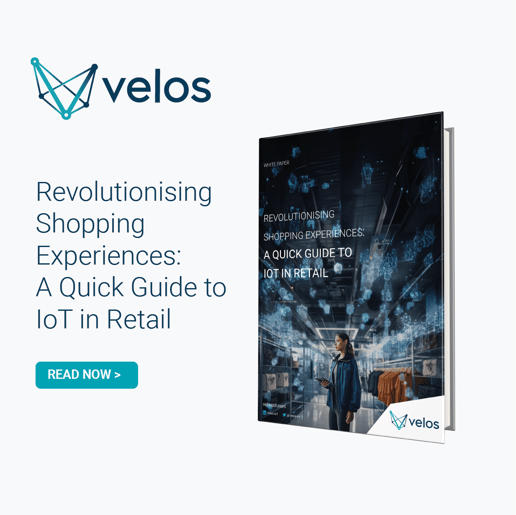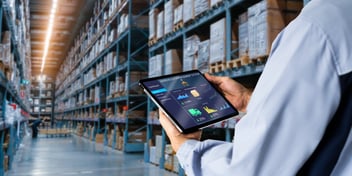
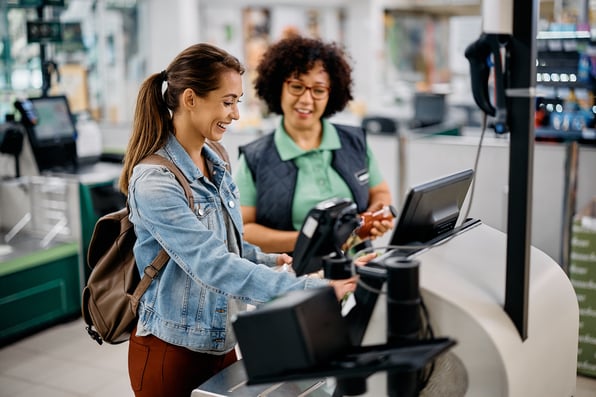
Top IoT Use Cases in Retail with Real-Life Examples
The adoption of Internet of Things (IoT) technology has revolutionised the retail sector, ushering both digital and physical stores into an innovative new age. This groundbreaking technology offers retailers critical insights through data, transforming their operations. We will delve into the most impactful IoT applications in the retail industry, supported by real-world instances that highlight the effectiveness and possibilities of IoT in the retail landscape.
Understanding IoT in Retail
In the retail sector, the Internet of Things (IoT) describes a system of devices connected online, capable of exchanging data. This innovation enables companies to meet customer demands more effectively by utilising data analysis. With around 90% of retailers making use of this technology, adopting IoT has become essential for retailers aiming to maintain a competitive edge.
As of 2021, the IoT market in retail was valued at $28.14 billion, with projections indicating a substantial increase to $177.90 billion by 2031. This surge is attributed to the widespread application of IoT in optimising supply chains, inventory management, and enhancing customer experiences.
Top real-life IoT use cases in retail examples
Predictive Equipment Maintenance: Real-Life Examples
Predictive Equipment Maintenance in retail involves using IoT technology to foresee and prevent potential breakdowns in machinery, ensuring seamless operations.
- Walmart
Walmart's proactive approach to store equipment management showcases the prowess of IoT. Through sensors and applications, Walmart monitors individual refrigerators, ensuring optimal conditions to prevent breakdowns. Moreover, IoT sensors regulate HVAC systems, minimising energy consumption without compromising customer experience. - Cognizant, Chicago, Illinois
Cognizant works with consumer goods, department stores, discount stores, and grocers to enhance customer service, maximise profits, and optimise merchandising. In 2019, Cognizant installed IoT-enabled sensors to monitor a retailer’s refrigeration equipment controllers, predicting alarms and failures to reduce food wastage.
Supply Chain and Cold Chain Optimisation: Real-Life Example
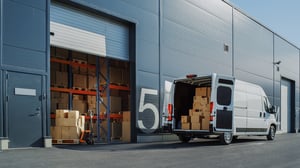 RFID tags, GPS, and cellular-enabled sensors integrated with IoT devices revolutionise supply chain management. Real-time tracking of product journeys enhances transparency, identifies bottlenecks, and enables optimal route planning.
RFID tags, GPS, and cellular-enabled sensors integrated with IoT devices revolutionise supply chain management. Real-time tracking of product journeys enhances transparency, identifies bottlenecks, and enables optimal route planning.
- Controlant
Controlant, a leader in pharmaceutical supply chains, utilises IoT SIMs in trucks, pallets, and boxes. With real-time data transmission, Controlant empowers customers to optimise supply routes, ensuring the safe and compliant transportation of sensitive goods, ultimately preventing spoilage and loss.
Inventory Management: Real-Life Example
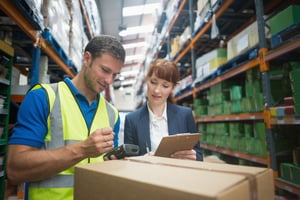 IoT facilitates efficient inventory management through technologies like smart shelves and digital price tags. Retailers monitor stock levels in real-time, receive reorder notifications, and develop procurement strategies based on consumer behaviour analysis.
IoT facilitates efficient inventory management through technologies like smart shelves and digital price tags. Retailers monitor stock levels in real-time, receive reorder notifications, and develop procurement strategies based on consumer behaviour analysis.
- Macy's
Macy's elevates inventory management with RFID tags, ensuring real-time tracking and visibility. This innovation not only prevents stock outs but also aids in asset protection by providing instant information on theft, offering valuable insights for security measures.
Exceptional Customer Experience: Real-Life Examples
IoT analyses consumer behaviour patterns to tailor the shopping experience. Retailers send real-time notifications about discounts, offers, and events, engaging customers and increasing satisfaction. Utilising IoT, retailers gather valuable product and customer data, enabling the development of personalised marketing strategies. Location-based targeting and real-time interactions with customers contribute to a competitive advantage.
- Ahold Delhaize
Ahold Delhaize pioneers the use of Electronic Shelf Labels (ESL), enhancing customer engagement. ESLs facilitate convenient access to pricing information, enable mobile payments, and automate price reductions, showcasing how IoT can seamlessly blend the physical and digital realms for an enriched shopping experience. - GetGo
GetGo transforms customer interaction through IoT-enabled digital smart screens. Replacing traditional cooler doors, these screens provide real-time information on pricing, promotions, and nutritional details, exemplifying how technology enhances consumer experience and drives increased sales.
Seamless In-Store Navigation: Real-Life Example
IoT devices equipped with Bluetooth beacons, Cellular, Wi-Fi, and RFID tags provide interactive maps, aiding customers in finding products efficiently and enhancing their in-store experience.
- Costa Coffee
Costa Coffee employs a smart vending machine solution across its stores, featuring a cashless payment system, remote temperature monitoring sensors, and a secure loyalty card connectivity system. This innovation provides real-time information about cash collection, restocking, and reduces overstocking challenges.
Checkout Automation: Real-Life Example
In the race against time, self-checkout systems powered by IoT streamline the purchasing process. With IoT-enabled devices, customers swiftly check out items, reducing waiting times and optimising staff resources. IoT-powered smart POS Solutions are also enhancing customer checkout experiences.
- Amazon Go
Amazon Go utilised IoT to create a seamless transaction process for their employees and customers. Tags attached to products are scanned automatically when customers exit the store, acting as an anti-theft prevention device while creating a smooth shopping experience. - Mashgin
Mashgin's AI-powered self-checkout system revolutionises the retail landscape. Utilising multiple cameras and 3D models, Mashgin enables lightning-fast transactions, allowing customers to purchase products up to 10 times faster than traditional cashier systems.
Real examples of IoT use cases in retail
Beacon AlertsUtilising Bluetooth geolocation, retailers send personalised alerts to shoppers, enhancing their in-store experience. Beacon technology has demonstrated significant return on ad spend (ROAS) and increased overall sales volume.
Shopper MappingSensors strategically placed within stores provide insights into shopper mapping and high-traffic points. Retailers leverage heat maps and customer traces to optimise store layouts, refine advertising strategies, and understand shopping trends.
Customer Relationship ManagementIoT facilitates efficient customer relationship management. Real estate agencies, like Centaline, employ sensors to streamline the home-buying process, allowing prospective buyers to virtually visit homes and explore properties at their convenience.
Smart SignageDigital displays, or smart signage, revolutionise in-store advertising. Retailers use IoT to analyse customer behaviour and display relevant content on digital screens, influencing purchase decisions and enhancing the overall shopping experience.
Smart ShelvesEquipped with RFID readers, smart shelves enhance inventory management. Retail giants like Kroger utilise IoT to create a seamless shopping experience, with shelves automatically alerting customers about items on their list and providing real-time information.
Overcoming Challenges in IoT Implementation
The future of retail is undeniably intertwined with IoT technology. As retailers continue to embrace its potential, the industry is poised for remarkable growth. Leveraging IoT applications not only enhances operational efficiency but also provides customers with unparalleled experiences, ensuring the continued relevance and success of brick-and-mortar stores in the digital age.
While the potential benefits of IoT in retail are immense, challenges such as security, infrastructure requirements, and data management need attention. Collaborating with an experienced IoT partner can mitigate these challenges effectively.
To learn more about IoT in Retail, such as available network technologies, things to consider when choosing an IoT connectivity provider, and more in depth understanding of the benefits and challenges, check out our brief guide to IoT in retail.
Speak to a Velos IoT expert
Related articles

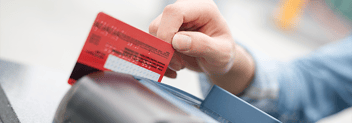
IoT Connectivity: the key to PoS Connectivity and Smart Retail
Todays' smart retail environment needs a network strategy that includes secure IoT connectivity....
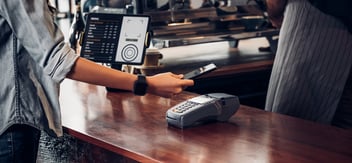
Why is an IoT-powered smart POS solution essential for modern retailers?
The traditional POS system, although effective, is no longer sufficient to meet the demands of...

